 Written by Heather Collins, MSN, RN, CNOR
Written by Heather Collins, MSN, RN, CNOR
In our exploration of medical alert systems, we recognize their significant benefits. Beyond providing safety, they empower seniors with independence and families with peace of mind. By reviewing types, assessing their value, and considering occupational therapist recommendations, we see these technologies as essential for Aging in Place. Continue reading to learn how these essential elderly monitoring systems ensure security and autonomy for seniors living at home.
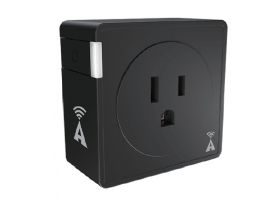 | Elderly Monitoring System | Non-Invasive Remote Monitoring Plug with No Monthly Fee View Product |
When considering the worth of medical alert systems, it is essential to consider the challenges seniors and their caregivers face. Middle-income seniors, often caught between qualifying for assistance and affording expenses, may face out-of-pocket costs averaging $100,000 annually, adding stress to household finances. Caregiving itself introduces substantial financial challenges. Family members, especially those over 50, might experience a financial hit from early retirement or job loss, with losses averaging over $300,000 in income and benefits.
Beyond traditional devices or fall bracelets that may not suit everyone, especially those with cognitive or physical limitations, these systems are integral to aging in place. They enable seniors to live independently while reducing the financial and emotional burdens of caregiving and long-term care. These systems offer a practical solution for maintaining independence in a more manageable, cost-effective manner.
Recognizing these challenges, we turn to innovative solutions that respect the individual's autonomy while ensuring their safety. Smart Alert Tech introduces two revolutionary products: a plug-and-play monitoring device and a smart sensor fall detection device. Additionally, for specialized care settings, the wheelchair alert and under-the-mattress sensor pad extend monitoring capabilities to memory care and nursing facilities, ensuring immediate alerts in case of falls or other emergencies. Let's review how each of these devices operates and the unique benefits they offer.
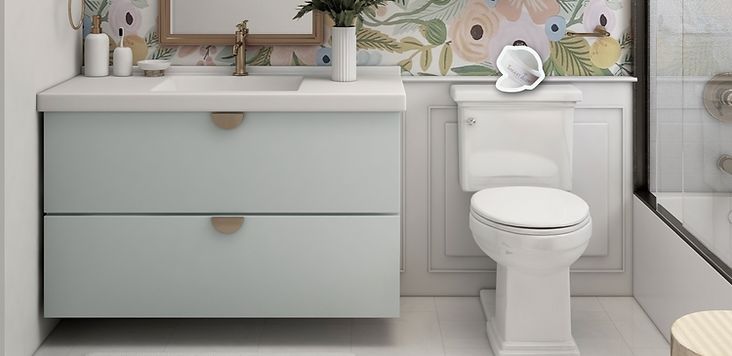
The smart sensor system is particularly groundbreaking for several reasons:
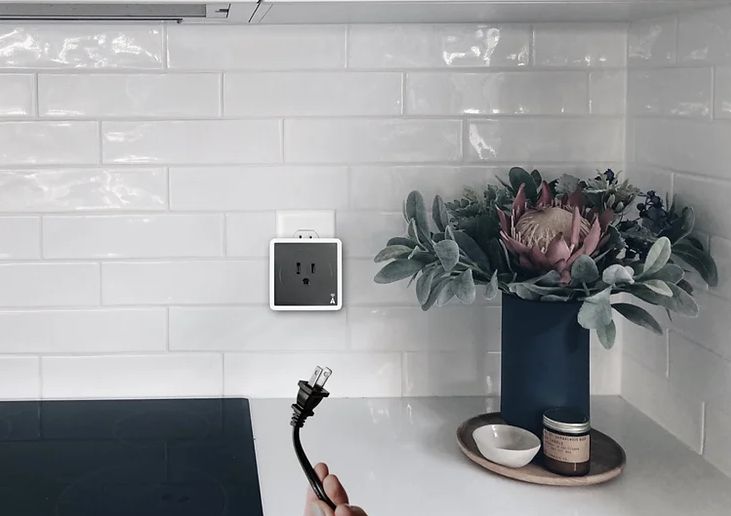
The Smart Plug's subtle design ensures it monitors without being noticeable, easily blending into the environment for care that doesn't intrude. Setting up the device is straightforward - plug the sensor into any outlet and then plug the desired device into the sensor for a quick and easy installation. For those concerned about the conspicuousness of sensors or resistance from the elderly, the Smart Plug offers an alternative. Benefits of this device include:
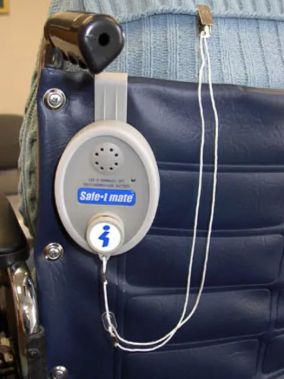
Another type of medical alert system is the wheelchair alert. This device clips to the back of your patient’s wheelchair. It detects movement and alarms the caregiver immediately, allowing for quick intervention and preventing potential falls and injuries. This elderly monitoring system is great for memory care facilities.
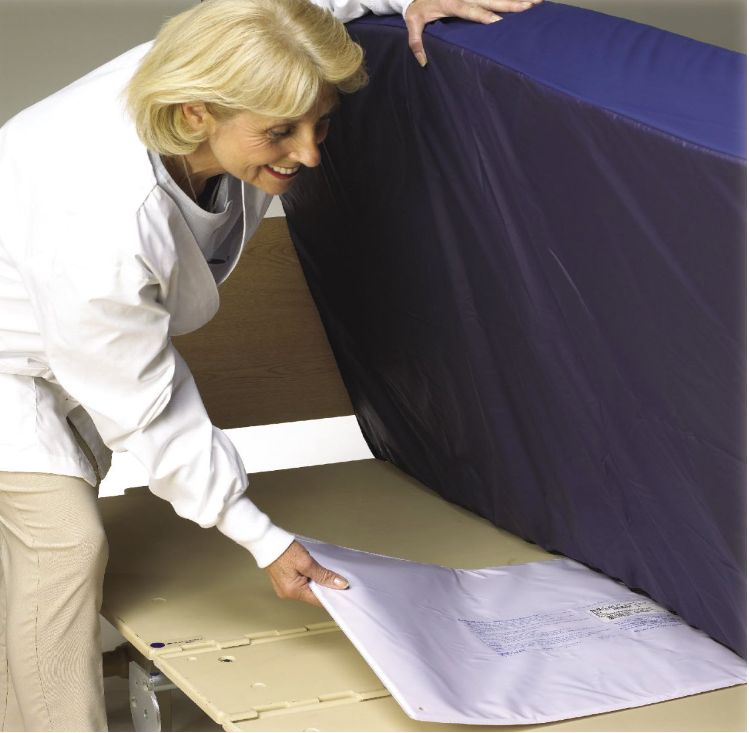
Under-the-mattress alarm systems are placed beneath the mattress to eliminate direct electrical contact with the patient. This placement protects against wear and tear and incontinence episodes. Benefits of this alarm include:
These alarm types are great for nursing facilities and less for at-home use unless your family member lives with you and struggles with memory issues.
Clearly, staying in one's home is a priority for many older adults. In fact, 88% of seniors believe it is important to age in place, reflecting a strong desire for independence and the comfort of familiar surroundings. However, preparing for this requires thoughtful consideration, especially regarding home modifications and support systems. Only one in seven older adults has extensively considered the modifications needed to facilitate aging in place.
Furthermore, the National Institute on Aging emphasizes that aging in place involves planning ahead for potential healthcare needs and adapting the home environment to ensure safety and accessibility. This planning is crucial for maintaining independence and requires assessing personal and home care needs along with the availability of community resources.
Adopting smart home devices and technologies, such as medical alert systems with fall detection, plays a pivotal role in supporting seniors to live safely at home. These technologies promote safety and enhance senior's ability to manage daily tasks and maintain social connections. Moreover, they are essential for older adults and their families to explore community-based programs and services that support aging in place, ensuring that the home environment is adapted to meet their changing needs over time.
In light of these considerations, medical alert systems, personal emergency response devices, and other assistive technologies are worth investing in. They represent critical components of a comprehensive strategy to support aging in place, offering seniors the security and autonomy they desire while addressing the financial and emotional challenges associated with long-term care and intensive caregiving roles.
For more detailed information on Aging in Place and how to prepare, visit Caregiver University for resources and guidance to support seniors and their caregivers in this journey.

Heather Collins, MSN, RN, CNOR
Heather is a registered nurse and freelance health writer with a Master's degree and over 24 years of nursing and leadership experience. Heather cares for patients of all ages in various healthcare settings, including inpatient acute care nursing, GI procedural nursing, cardiac lab, infertility clinics, pediatrics, and surgical services. Heather is dedicated to providing high-quality care and sharing reliable, evidence-based information that empowers people to make informed decisions about their and their loved ones' health.